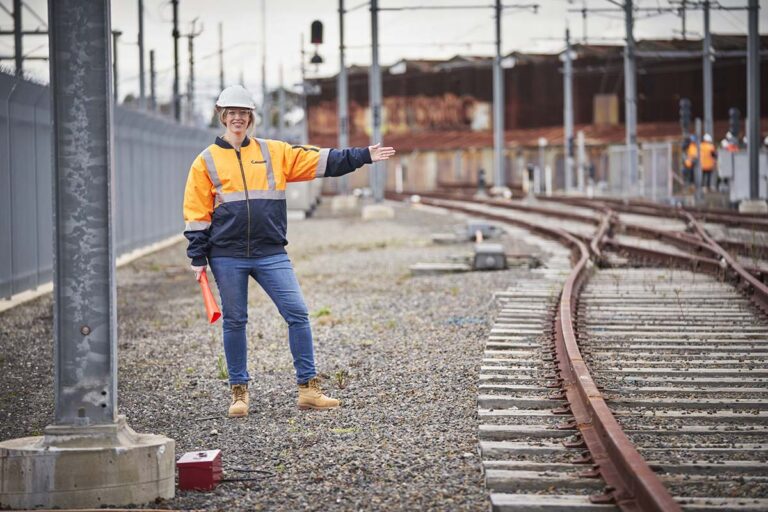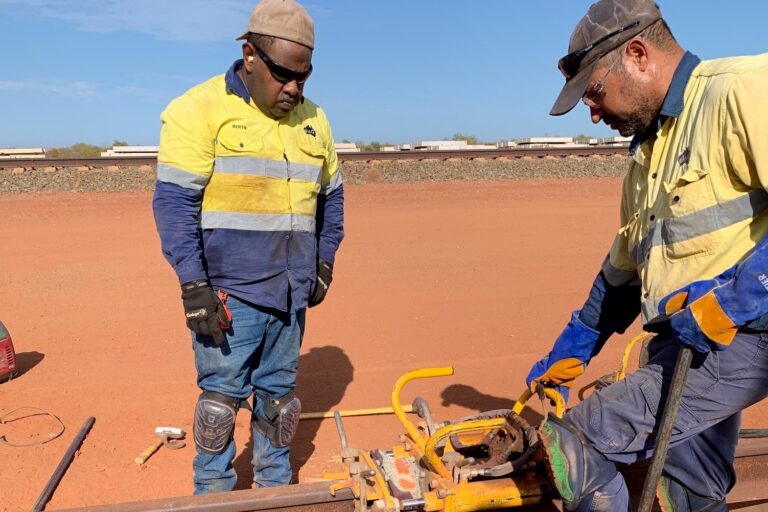The Dos and Don’ts of Railway Safety
Like all industries, the Australian railway sector faces its own unique risks. Depending on how you interact with the network, the dangers could range from electrocution during routine track maintenance to a high-impact collision at a level crossing.
With the national network stretching for more than 36,000 kilometres and some of the fastest trains operating at speeds of up to 160 kilometres per hour, the risks are always high. That’s why it’s so important for both commuters and workers to understand best practice railway safety techniques.
Here are some of the dos and don’ts of railway safety.
Do Stay Alert
While you can usually hear or feel a train approaching from a distance, if you’re absorbed in a track maintenance job or waiting at a platform wearing headphones, you may remain unaware. Whether you’re working or commuting, staying alert is one of the most important rules of railway safety.
Don’t Take Shortcuts
Rules, regulations and standards exist for a reason and trying to take shortcuts can jeopardise your safety and that of others. Whether you’re a qualified crane operator taking part in a track maintenance project or a passenger waiting to pass through a level crossing, shortcuts are always a bad idea.
Do Be Aware of Mental and Physical Fatigue
Many people are surprised to hear that fatigue is four times more dangerous than drugs or alcohol when it comes to workplace impairment. From train drivers to track workers, it’s important to recognise the warning signs, such as feeling chronically tired or mentally exhausted.
Don’t Lose Focus
Every year, the Sydney Trains and NSW TrainLink network records around 1,800 slips, trips and falls, some of which result in serious injuries to passengers and workers. Stay focused at all times whenever you’re interacting with the railway network and always be aware of your surrounding environment.
Are you interested in railway safety training? CERT offers a range of online railway safety training courses to ensure you’re accredited to work on railways.
Do Equip Yourself with the Right Qualifications
One of the absolute best ways for railway workers to minimise risk is to arm themselves with the right qualifications for the job. From rigging, scaffolding and forklift licenses to train driver courses, the right rail training qualifications will ensure you have all the skills needed to safely perform the tasks at hand.
Don’t Ignore Signals and Level Crossings
Some trains sail through platforms and level crossings at speeds that require several hundred metres to stop. Ignoring signals and level crossings not only puts your own life at risk, but also endangers passengers and drivers on the train.
Do Ask Questions
When it comes to safety in the rail sector, no question is too big or small. If you don’t know the answer or are unsure, ask a colleague. If it turns out you’re not qualified for the job, consider updating your skillset with a training course.
Don’t Expect Right of Way
Trains don’t have the same braking capacity as regular vehicles, which means they always have right of way over emergency vehicles, cars and pedestrians, even if the level crossing is up. As a general rule, never expect a moving train to stop in time.
Enrol in CERT Training now and kick start your career in rail infrastructure.
To stay up to date about rail industry practices, key safety information and best practices, follow us on Facebook and LinkedIn.

Queensland Rail Jobs: Why You Need SARC & Fatigue Management Course
Safety is front of mind within the rail sector. Pathways like the SARC & Fatigue Management course, the best fatigue management course, are designed…

Welding Training for Employers: Understanding the Units of Competency
As an employer, you may be considering investing in welding training for your staff. CERT Training offers three separate units of competency nationally.

How to Get a RIW Card?
If you are employed in the rail industry in Australia, you will likely need to obtain a Rail Industry Worker (RIW) card. Here’s how…
